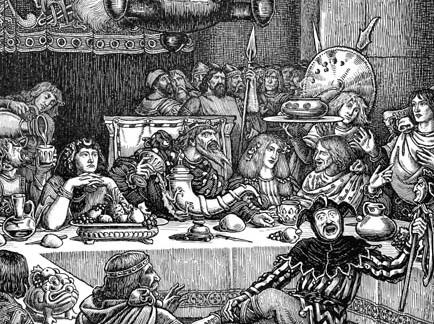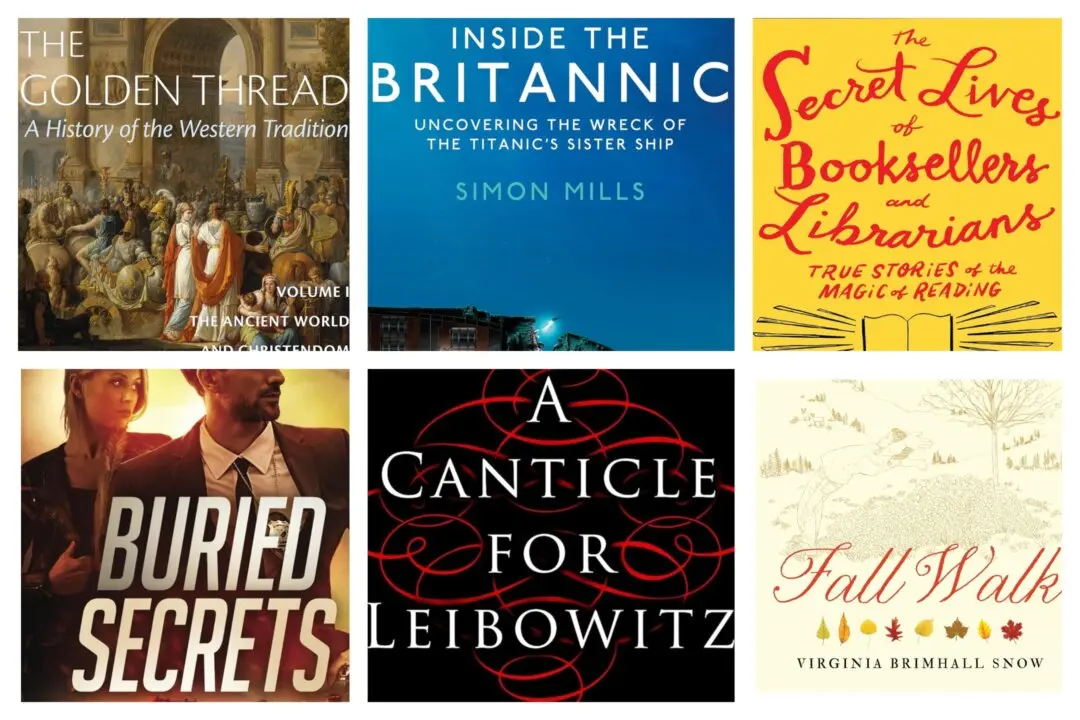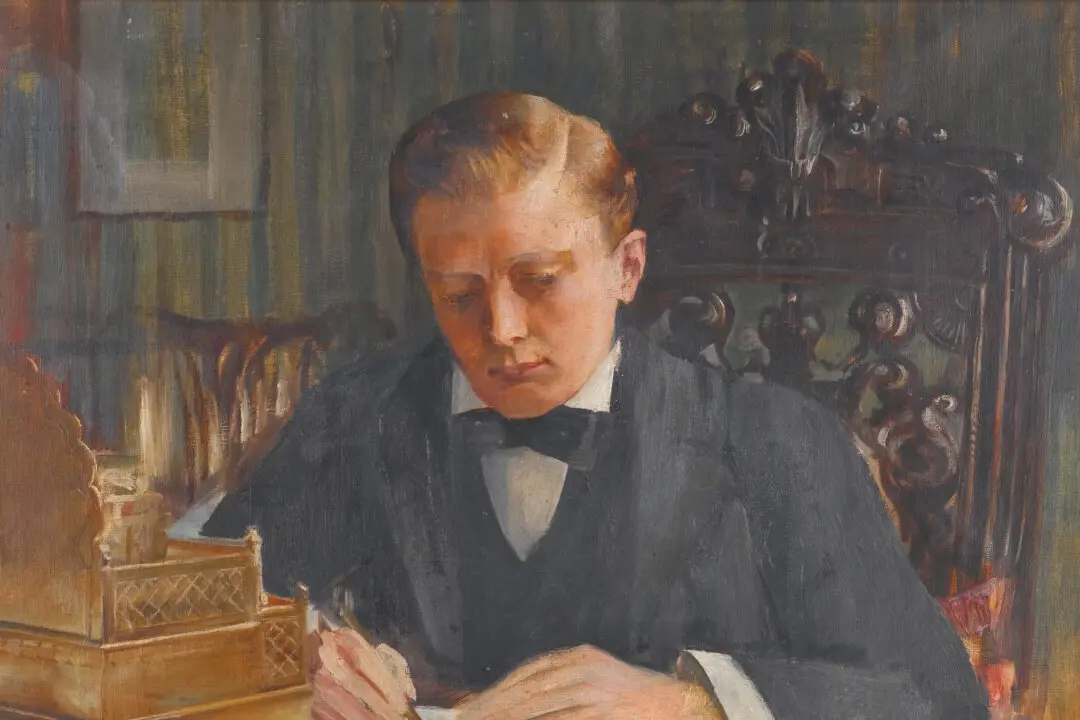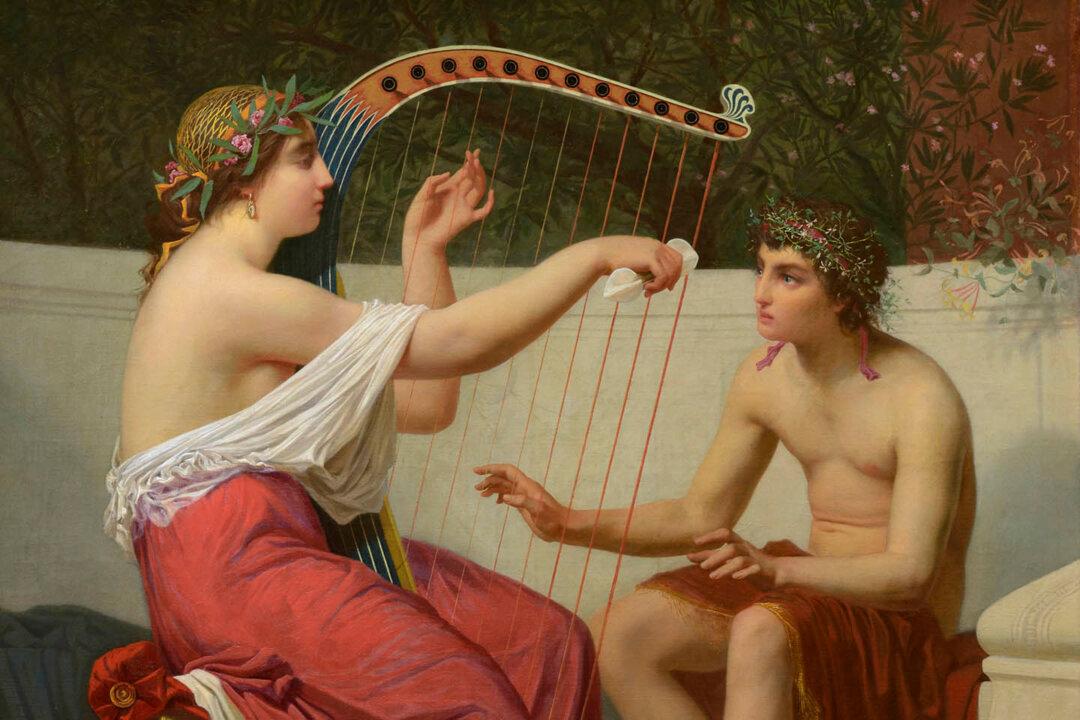Many of us approach the holiday festivities with high expectations, rose-colored visions of the pleasures the festivities might afford us.
Those who celebrate Christmas, for example, imagine parties with friends, a fir glowing with lights and ornaments, a hillock of presents beneath the boughs, a meal shared around a table laden with traditional holiday foods, a family gathering to watch “It’s a Wonderful Life” or to listen to Christmas music. In the mind’s eye, we paint a picture of our Christmas celebration worthy of the brush and palette of Norman Rockwell.






